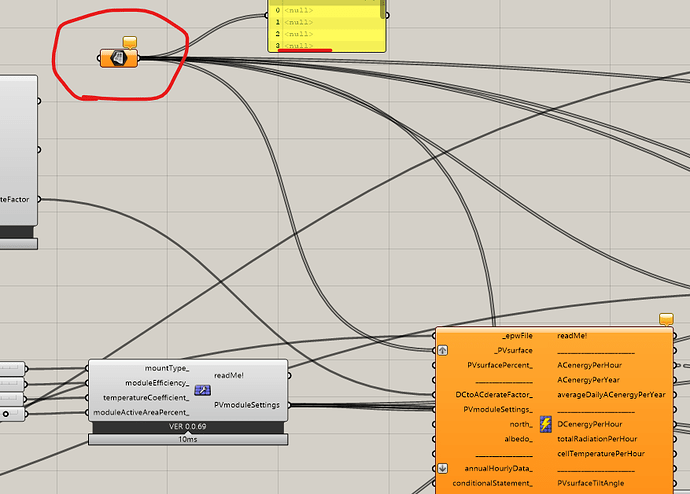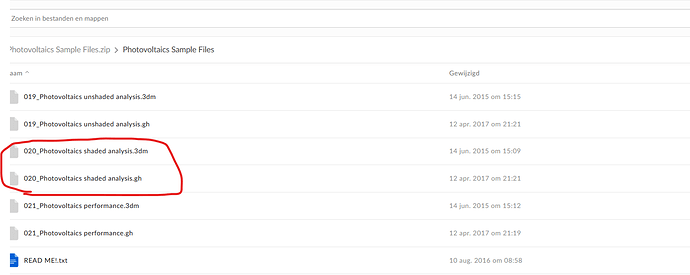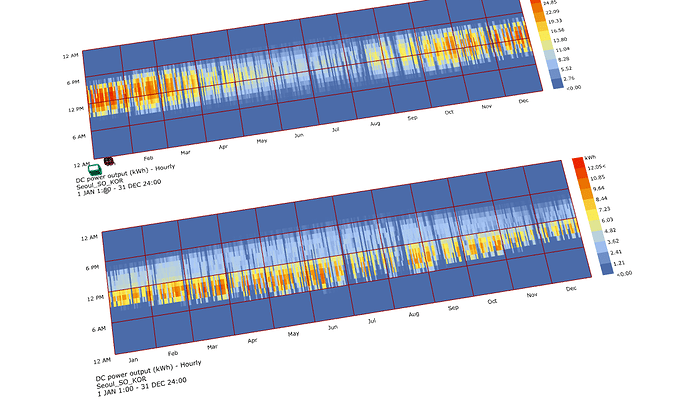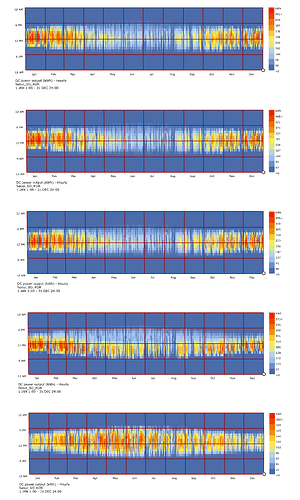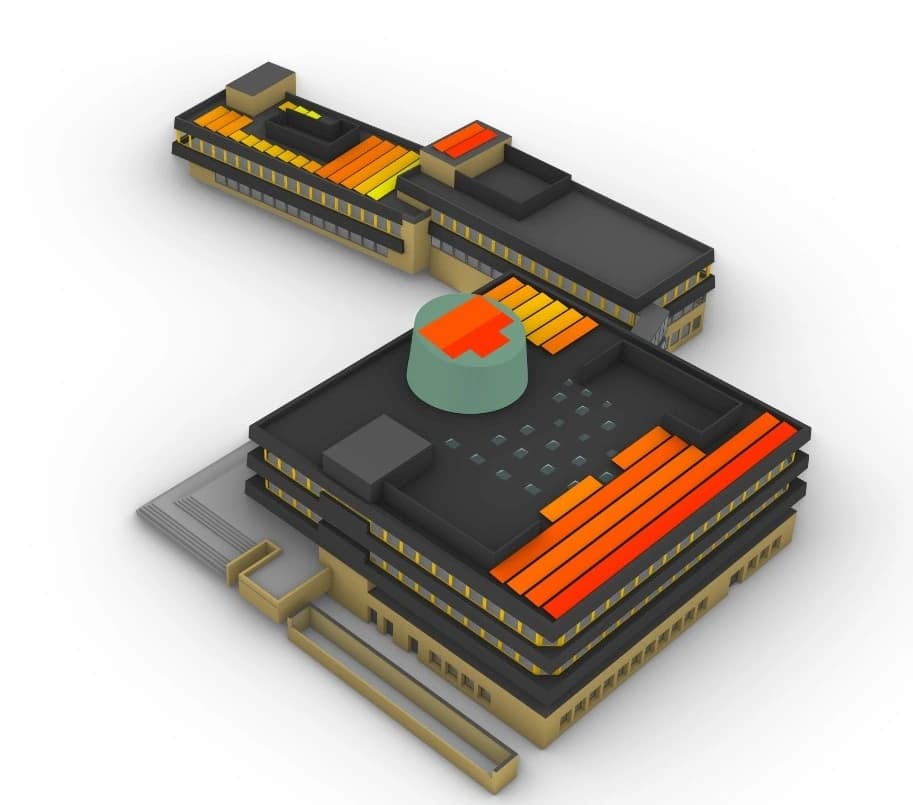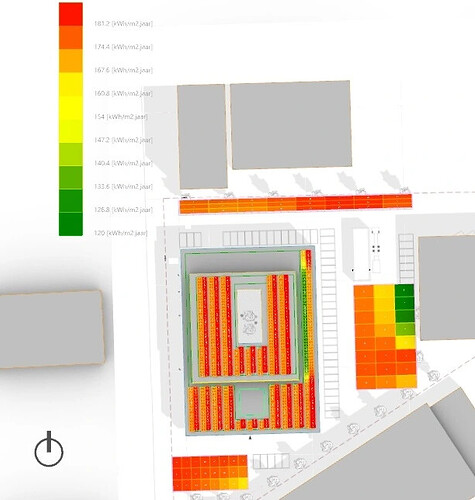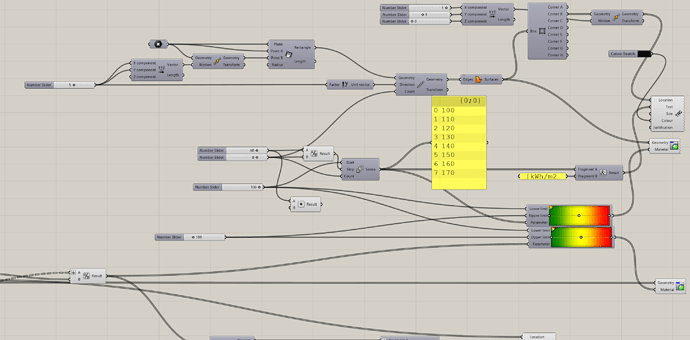Hello,
I’d like to simulate PV panels output and the energy offset annually in grasshopper/ Rhino7.
I’ve tried many combinations with Ladybug legacy and Honeybee legacy, but they aren’t giving any results and hang. Which tools can I use and possibly follow tutorials of?
Regards,
Hi @Anyone,
You can look at the file below and this discussion: Splitting PV surfaces gives a different result
solar_panels.gh (666.0 KB)
And this link here: Photovoltaics Components Release
Hi @Erikbeeren Thank you for your suggestions, I tried with the same components and downloaded the LB legacy 0.069 for Rhino 7, but it doesn’t show results/ hangs or doesn’t work. The links you’ve shared are from 2015, and unfortunately don’t function the same. Do you have a suggestion for components compatible with Rhino7 ? (I have license only for that and can’t have Rhino6/5 etc.)
Hi @Anyone,
This link is still working: Box
Here you can find nice and clean examples.
Legacy works without problems with rhino 7.
Thanks, I simplified and used your file @Erikbeeren and am getting results too, and added the Photovoltaics Performance Metrics component but unable to get any result on energy offset per year/month. Script is attached.
solar_panels.gh (600.8 KB)
You will have to add some pv surfaces.
The examples here from djordje have some nice explanation in it:
I missed sharing the Rhino file along (attached) with the gh. I allotted PV surfaces, and also did everything according to the scripts (yours and Djordje) as in the attached file too. Shouldn’t it show results then?
abhikeliye.3dm (70.6 KB)
solar_panels.gh (594.0 KB)
Thanks, can I ask what is the difference between all the 10 power outputs? The legend is the same for all- 1 Jan- 31 Dec same time.
which 10 power outputs do you mean?
Makes sense, thank you!
With this information you can color each surface in the model, so you get an overview which part is most efficient.
This looks good, which component can I add to display in the model?
you will have to use nativ grasshopper components. mass addition, divide by area and use the gradient component.
I tried to implement the script from your file (solar panels)
If this is what you mean? It’s not showing results as it shows in the image you shared unfortunately. Not sure if it’s preview (as I’ve switched them on?)
i think this method is very helpful, which i also use version 0.0069 (ladybug photovoltaic surface components). but i prefer to ask, is there some ways to consider shadows from surrounding buildings? because i am calculating adaptive facade (photovoltaic shading devices), rather than roof photovoltaic. it is somehow affected by surrouding building shadows
